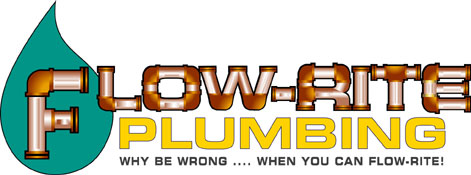Do you have roots in your sewer?
Many people who find that they have roots in there sewer usually have had a clog form where all the drains in the house are backed up. Usually they first notice the back up at the lowest point in the drainage system and that point is usually at the basement floor drain or the floor drain in the water heater room in ground level houses.Then they call a Cincinnati plumber to come and use a drain snake to clean out the sewer.
Next is when the problem rears it’s ugly head just as the plumber pulls back a big ball of roots attached to the end of his auger that have found there way into your sewer piping somehow. Not only is this a common problem with sewers outside the house but a very common problem among older houses piping even those that don’t have a public sewer connection but connect to a septic tank.
The most common misconception about how the roots got in the pipe is when the homeowner says “well there aren’t even any trees around where you say the problem is”. It doesn’t even have to be a tree in close proximity to the sewer line.It can even be from shrubs such as thick ground covering like ivy varieties as far as example of what people don’t consider trees.We have seen a lot of cases where the culprit is a boxwood type shrub planted just next to the house in the flower beds.
All this may make it seem like you shouldn’t even plant any vegetation in your yard just to be safe.The fact of the matter is that it is not really the plants fault at all.Don’t get me wrong it’s not the best idea to plant a tree or shrub directly over the top of a known sewer location no mater how deep the sewer is.This is all easier said than done though as I have large shrubs and bushes in my own front yard in fairly close proximity to my buildings sewer.
When I said it wasn’t the plants fault that your sewer has roots in it. It’s the truth.The reason a plant of any kind puts it’s roots in a sewer is simple really.Lets think about it.inside any sewer pipe there are at least three things that a plant of any kind needs to survive. These are WATER,NUTRIENTS and OXYGEN.
Now for the reason that the roots find their way in the piping and that is simple as well. First and foremost there has to be a point at which the hair like roots can enter the piping. This usually occurs at a joint where the sewer piping joins together underground with one length of pipe to another. These joints often become deteriorated over time especially in older types of piping such as concrete and cast iron types. A piping joint is not the only way roots can find their way in though. It only takes one crack or one pinhole in a piping system to let them in.
Once in the piping it may take months or a year for the root system to grow to a size where it becomes a major problem while catching all sort of debris such as solids and toilet paper in it’s hair like extensions.
The solution to these root infiltrations is not to treat the piping with chemicals! This is a huge misconception and bad advice if given to you by any one especially a plumber.
The only way to solve this problem is to replace the bad portion of piping completely and remove all possible points of root penetration!
There are many people who waste their money time and time again by paying for chemicals to try and kill off the roots in their sewer piping slowly because of bad advice or what they read on the container of chemicals they buy at the hardware store. Take it from an expert that you will be calling a plumber sooner than later to replace the piping. It may take some people a while for it to sink in that spending money month after month on chemicals that don’t solve the problem just isn’t the answer. If that isn’t enough maybe the monthly or bi-monthly sewer cleaning calls that they pay for along with the chemicals will change their minds!
As always,
Why be wrong? …..When you can Flow-Rite!
